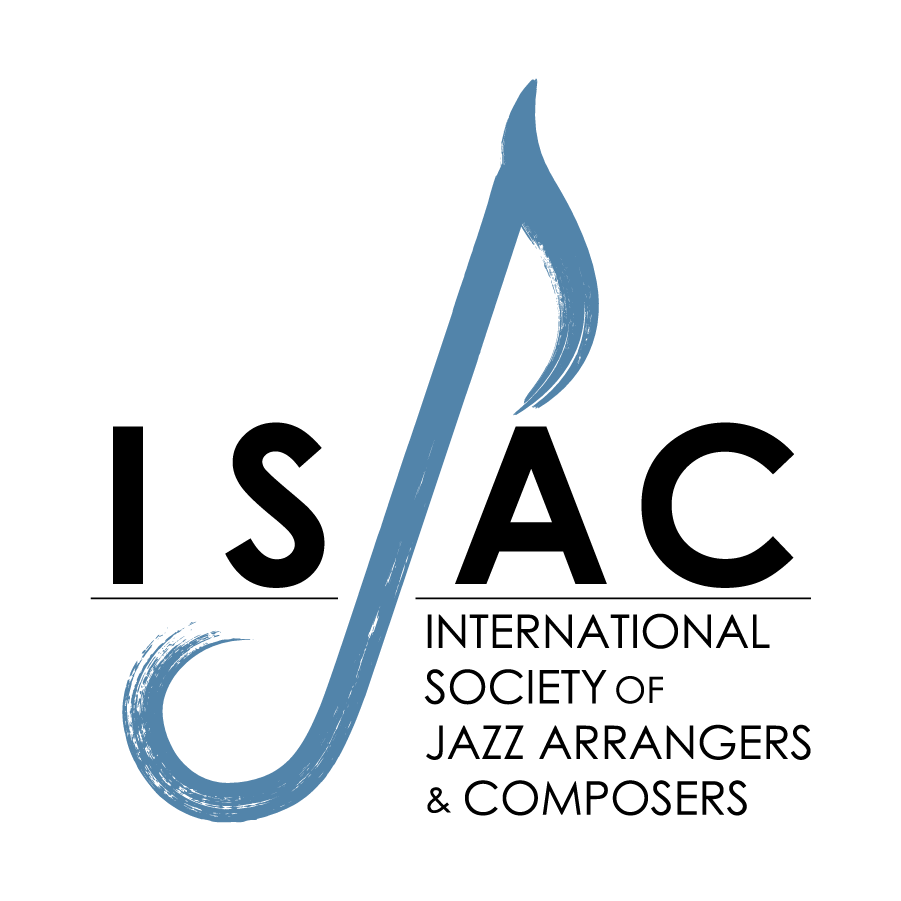Ep. 2: Pablo Held | From the Writer’s Desk (ISJAC)
Ep 1: John Beasley (FULL INTERVIEW)
Ep. 1: John Beasley | From the Writer’s Desk (ISJAC)
This page is a test

Elio Villafranca: Tres Aguas – A Retrospective
Working through a brief history of Cuban big band writing, Elio Villafranca discusses the influence of traditional cuban rhythms and more on his writing.
